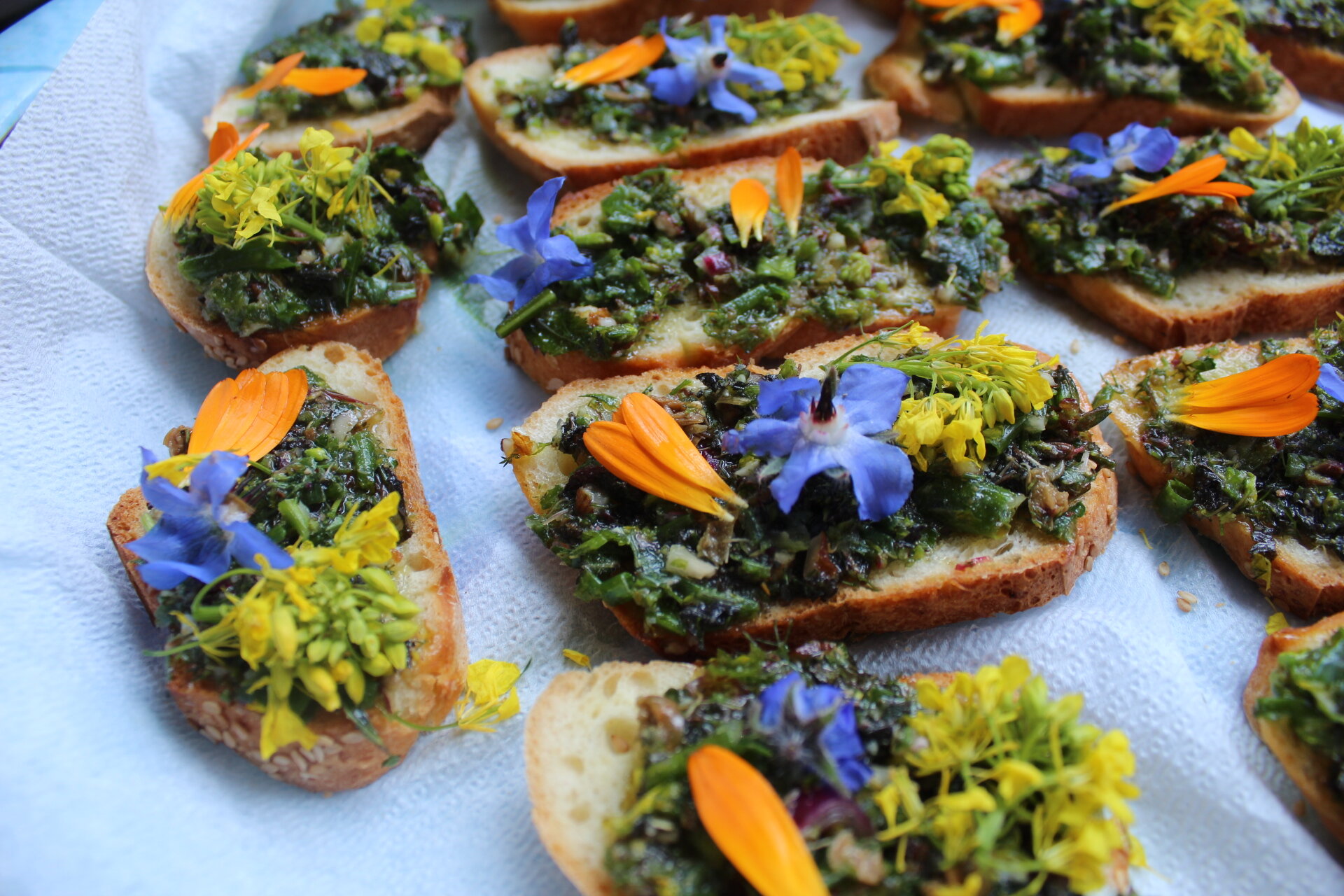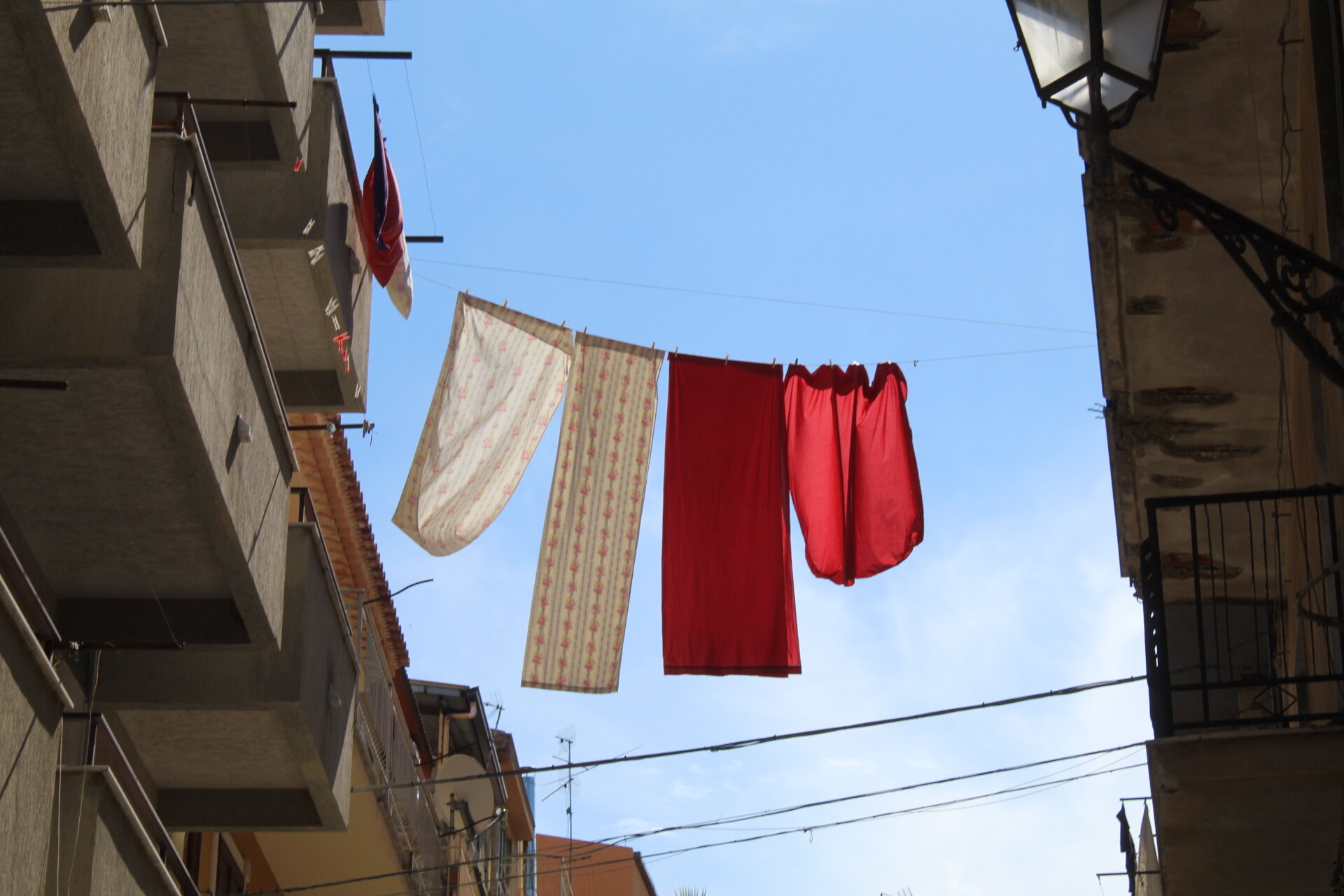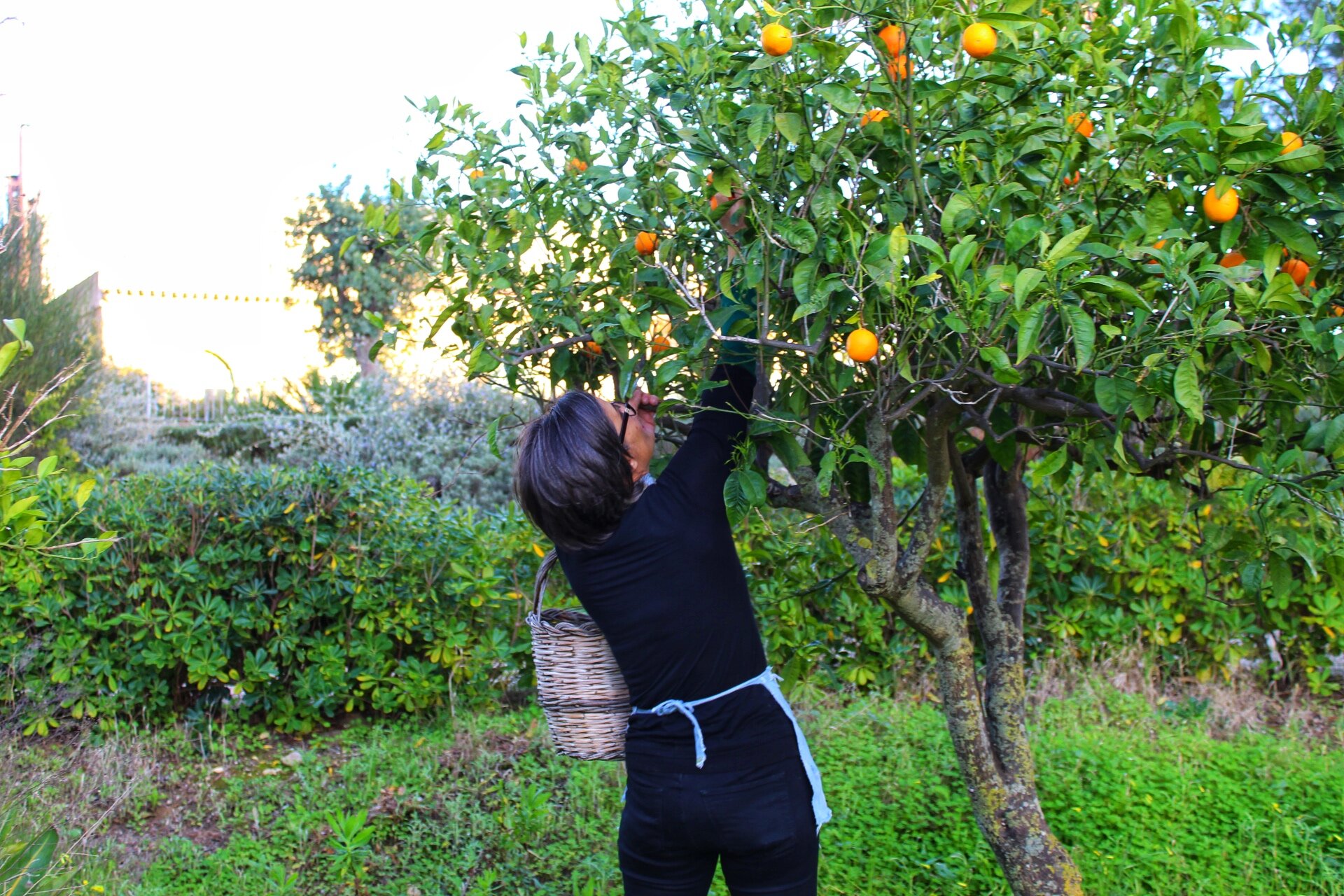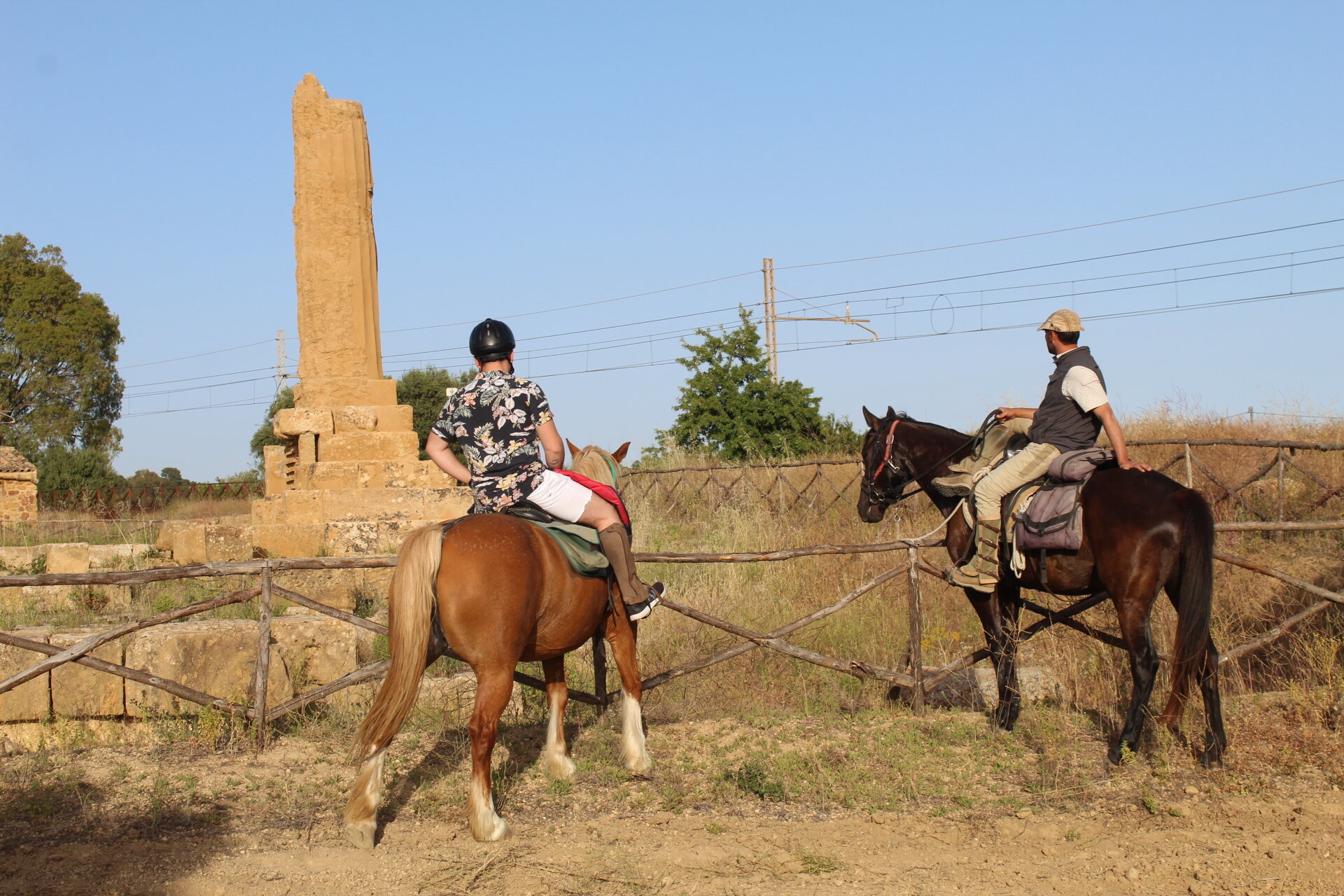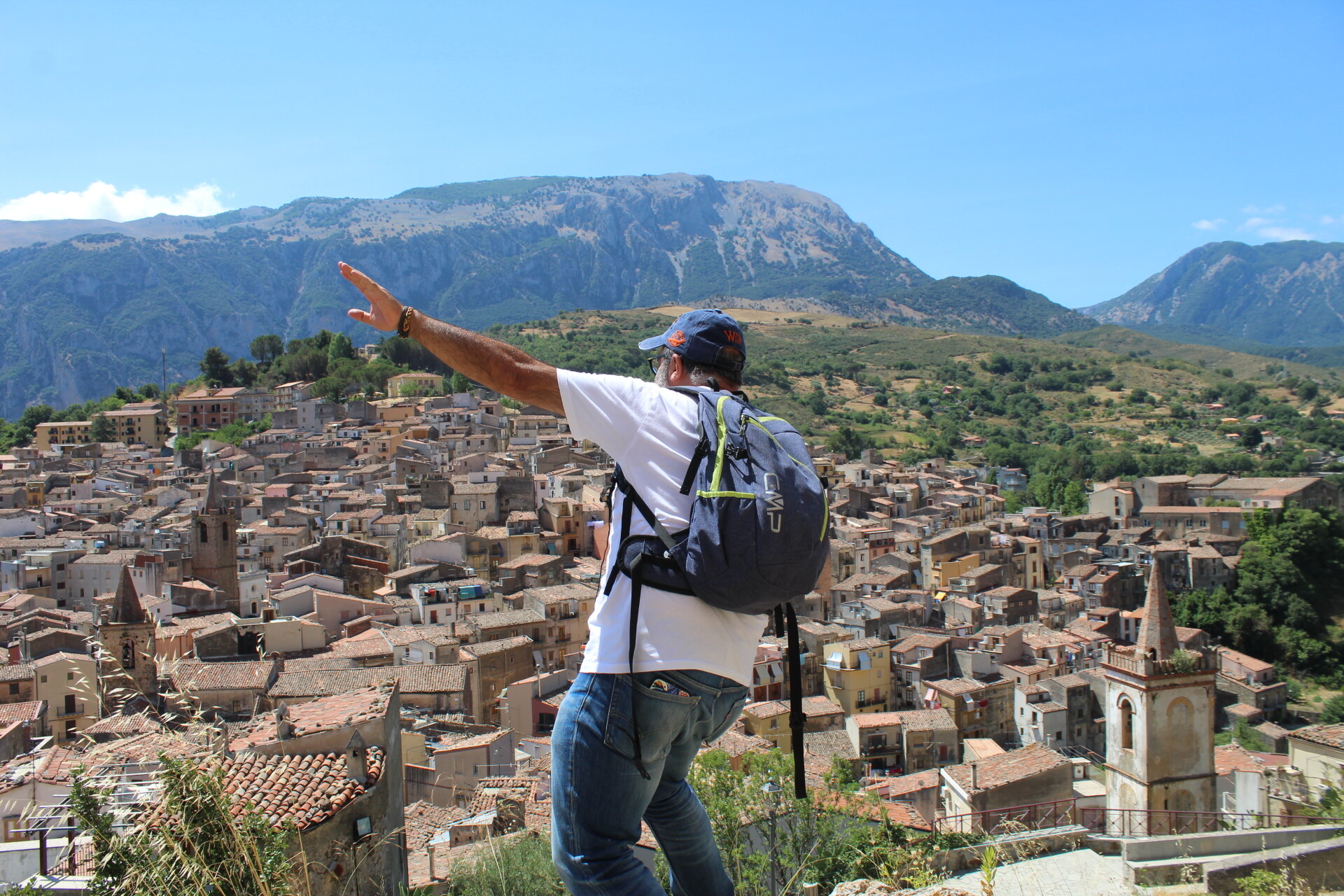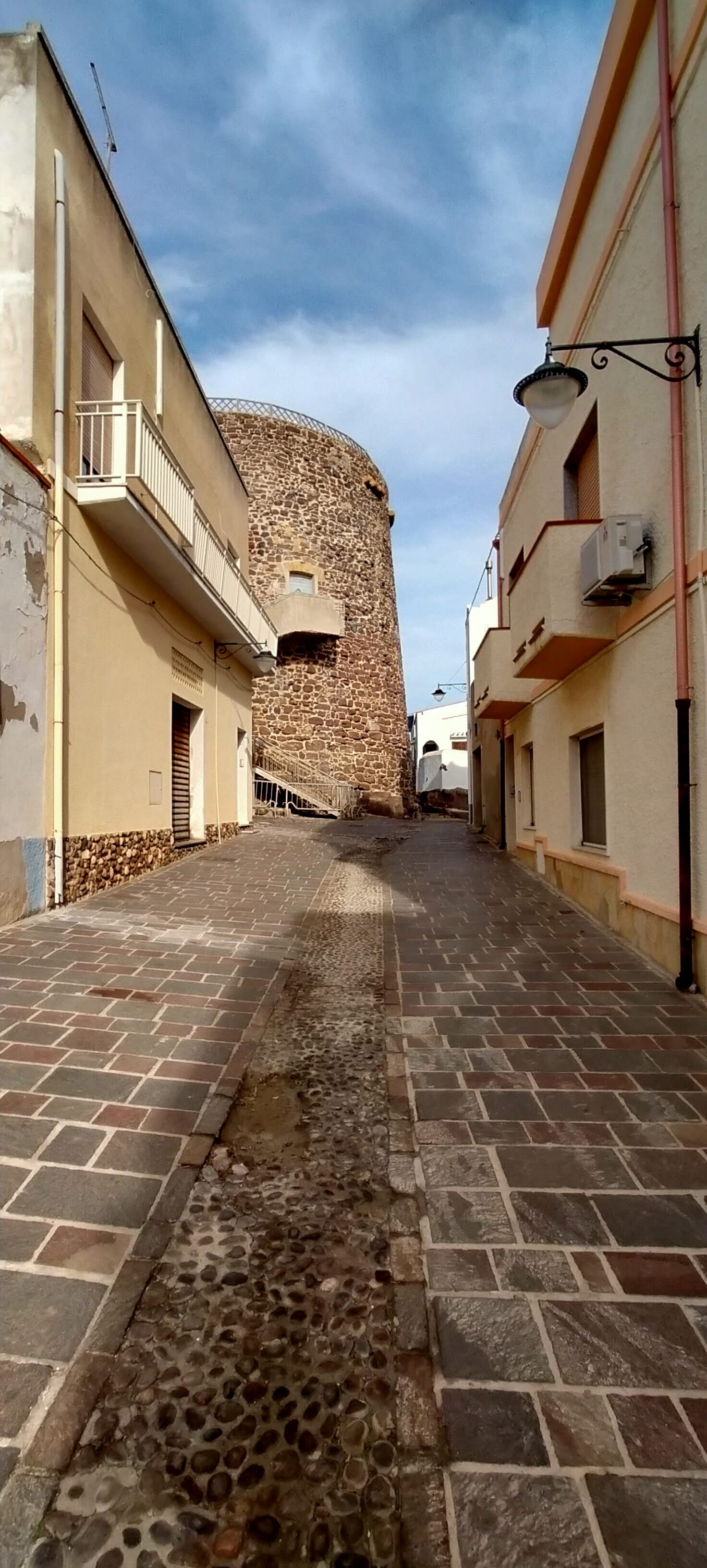UP-CLOSE & PERSONAL WITH SICILY
If you enjoy discovering hidden gems away from the larger, much-trodden tourist paths, and getting to know the community as well as the culture of the place you are visiting, then experiential tourism—a branch of Slow Travel—is an excellent way to connect with the essence of a place and its people. I spoke with some true advocates of this type of travel experience in Sicily who offer visitors a window into the soul of the island.
REVITALIZATION OF RURAL ITALY
The rural revival takes many forms and the Slow Travel trend certainly supports these off-the-beaten track destinations offering travellers authentic experiences seeped in the local culture. For instance, a trip to Sicily most likely includes visits to beautiful Taormina or San Vito Lo Capo, but why not include discovering a smaller borgo that will take you back in time and into the hearts and homes of some of the locals who will share their stories with you?
Seasoned traveller and hospitality veteran, Daniela Marino, wanted to bring this more real type of Sicily to tourists, so in October 2019, along with two other friends, they formed: Isolani Per Caso: a tourist services company with a network of more than 60 affiliates among tour and nature guides, accommodations, transfers, experiences, restaurants, all in support of slow and experiential travel. Their tagline is: Experience Sicily like a Local – and that you will. “Isolani per caso was set up with the intention of introducing travellers to an authentic Sicily, that goes far beyond simple tastings and experiences that can be combined with their stay. And this is why we always go in search of places and territories, mainly inland villages and towns or lesser-known Sicilian destinations, steeped in traditions and customs. Many of our experiences, in fact, provide the opportunity to enter into close connection with the locals, putting their hands in the dough and actively participating in the various workshops of ancient crafts, some of which are truly unique and which, if not carried out, would risk disappearing forever,” says Marino, founder and CEO of Isolani Per Caso.
SPOTLIGHT ON SANT’ANGELO MUXARO
Experiences like “Sicanian Encounters” where you can be guided into local life by Tour Founder, Pierfilippo Spoto, who takes visitors on an experiential walking tour of his beloved town, Sant’Angelo Muxaro, a small village 30 km from Agrigento in the hinterland, in the middle of Platani river valley. Spoto observed the photos tourists took on their travels to Sicily and saw their fascination with how locals live, more than the monuments they visited. Photos of laundry swaying in the wind off balconies sparked the idea and confirmed his observations that people want to experience Sicilians more than they do Sicily. Or simply put, people are in search of emotions that only connecting with the place you’re visiting in a real way offers. So, he begins his walking tour in the morning where townspeople begin their day…in the local bakery where the last wood ovens remain, and where you can taste their fresh ‘pane cunzatu’ along with the Sant’Angelesi who gather and discuss the news in the morning paper. The various offerings of Sicanian Encounters include experiences like a visit to a small dairy where a family of four generations produces ricotta, or you can meet Aldo, the last Sicilian native seed keeper who dedicates his life to plants and the creation of essences and oils. Tastings of local products are a given, and the time spent with locals learning about their lives is punctuated with stimulating walks and Spoto’s spirited storytelling as his pride of place permeates his deep knowledge of the town’s history and colourful characters who inhabit it.
For more information, go to www.valdikam.it
GOING COASTAL
Then there’s another more rigorous and demanding type of walking tour, where you are fully immersed in nature away from any type of social centre. Pandemic living certainly extolled the benefits of open-air walking away from the crowds. It is no surprise then that this type of experience is growing in popularity, which takes us from one Italian island to another: Sardinia. Inspired by his walking tour of Camino de Santiago with his father in 2013, Nicola Melis fantasized about reaching Galicia by foot starting from his hometown of Cagliari. What first seemed like a crazy idea, three years later became a reality.
“We were truly inspired by the story of Antonio Camo who about 450 years ago travelled around Sardinia registering the existing towers along the coast,” says Melis, founder and president of Cammino 100 Torri. At the time there were about 40 towers, and following his report, 80 more were built. “The first mapping took about a year and a half and after planning and tracing about 70 per cent of the route, I decided to test out the path,” says Melis. No small feat. While the Santiago Camino covers 800 km, the Cammino 100 Torri covers 1,284 km, a trail that is always within two kilometres of the Sardinian coastline. Melis walked up to 50 km a day and managed to complete the entire journey in about 45 days. He highly recommends doing it in at least 60.
SCALABLE SARDINIA
Walkers’ Passports are issued for participants who set out on the island-long walk, which is divided into eight “vie” (paths). Mapped out according to the 16th century Royal Administration of Towers, “We simply gave them names based on the areas of relevance.” For instance, “Via degli Angeli represents the first part of the Cammino 100 Torri. It starts in Cagliari and reaches Villasimius after crossing the entire gulf for about 60 km,” informs Melis. All completed paths are tracked and certified so the walker can decide whether to walk the entire route or tackle another “via” at their convenience in the future.
PASSPORT TO PARADISE
Melis confirms that he has certified another 20 walkers who have all eight stamps on their Cammino 100 Torri passport this year, and since its inception in 2016, a total of 80 have scaled that same mountain so-to-speak while taking in the entire Sardinian seaside. “A lot of people have chosen this way of travelling for the first time having discovered a new way of enjoying territories.” He equates this increasing interest in the Cammino as a direct response to the stress we experienced during lockdown. In fact, walking in nature became an important part of restoring physical and psychological well-being. The healing powers of nature, in particular those dramatic landscapes and turquoise waters of the island must make the demanding journey, a little less arduous. “Walking in Sardinia is a unique and unforgettable adventure, Sardinia is more than an island: it’s a continent!” He does concede the physical and mental challenge of the trek. “Walking is more than just placing one foot in front of the other: it’s about facing our limits,” reflects Melis. Yet, he insists, “it is the only way to savour Sardinia and immerse yourself in all its magic.” Melis reveals that the Cammino always gives you what you need and of course, invited me to try it. In the interest of keeping it real and upholding my affinity for slow travel, I would attempt at least one of the vie and take day-long breaks on the beach. What’s the rush? I relish the thought of every day feeling like a Sunday.*
The Eight Vie of Cammino 100 Torri
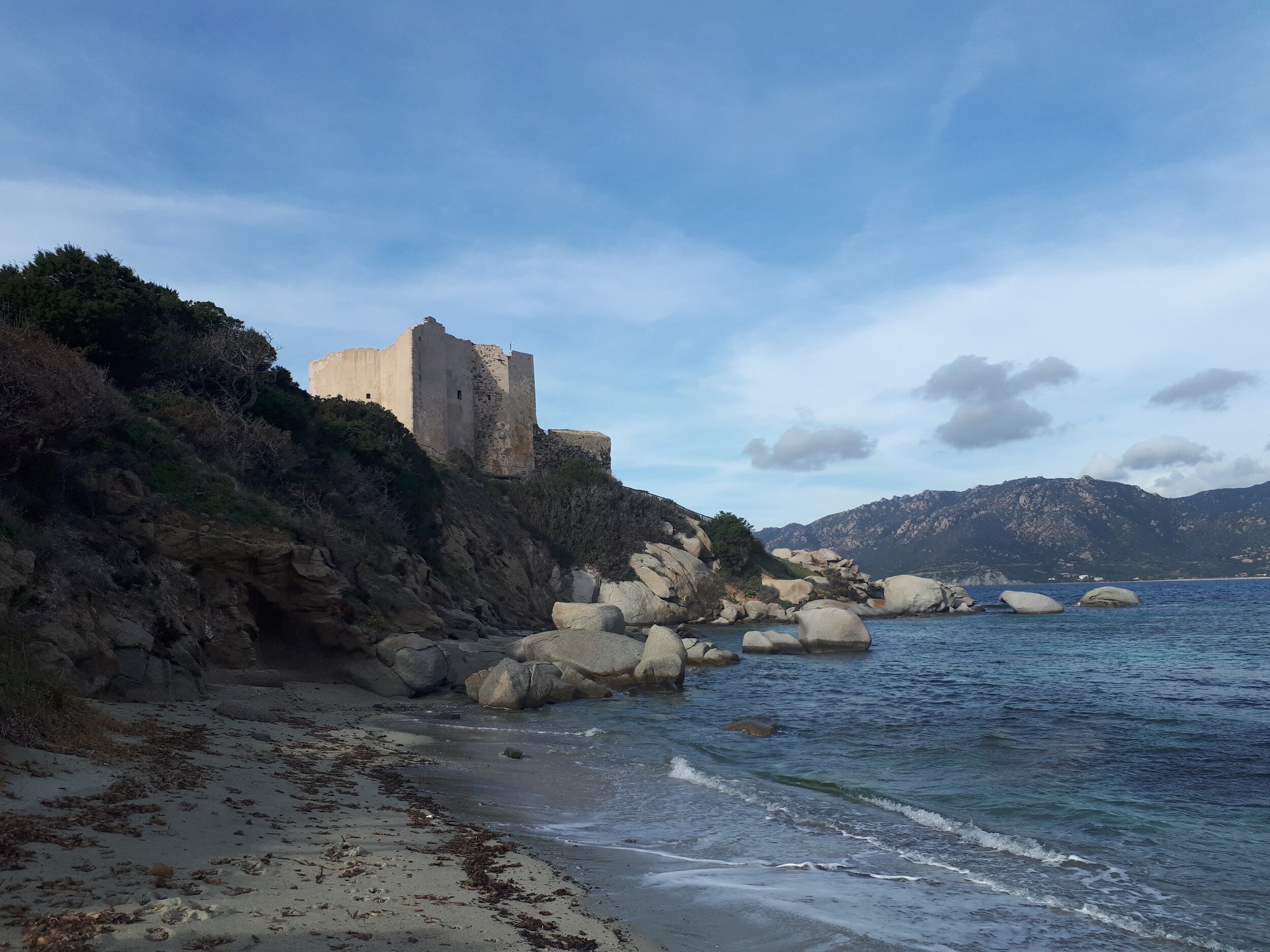
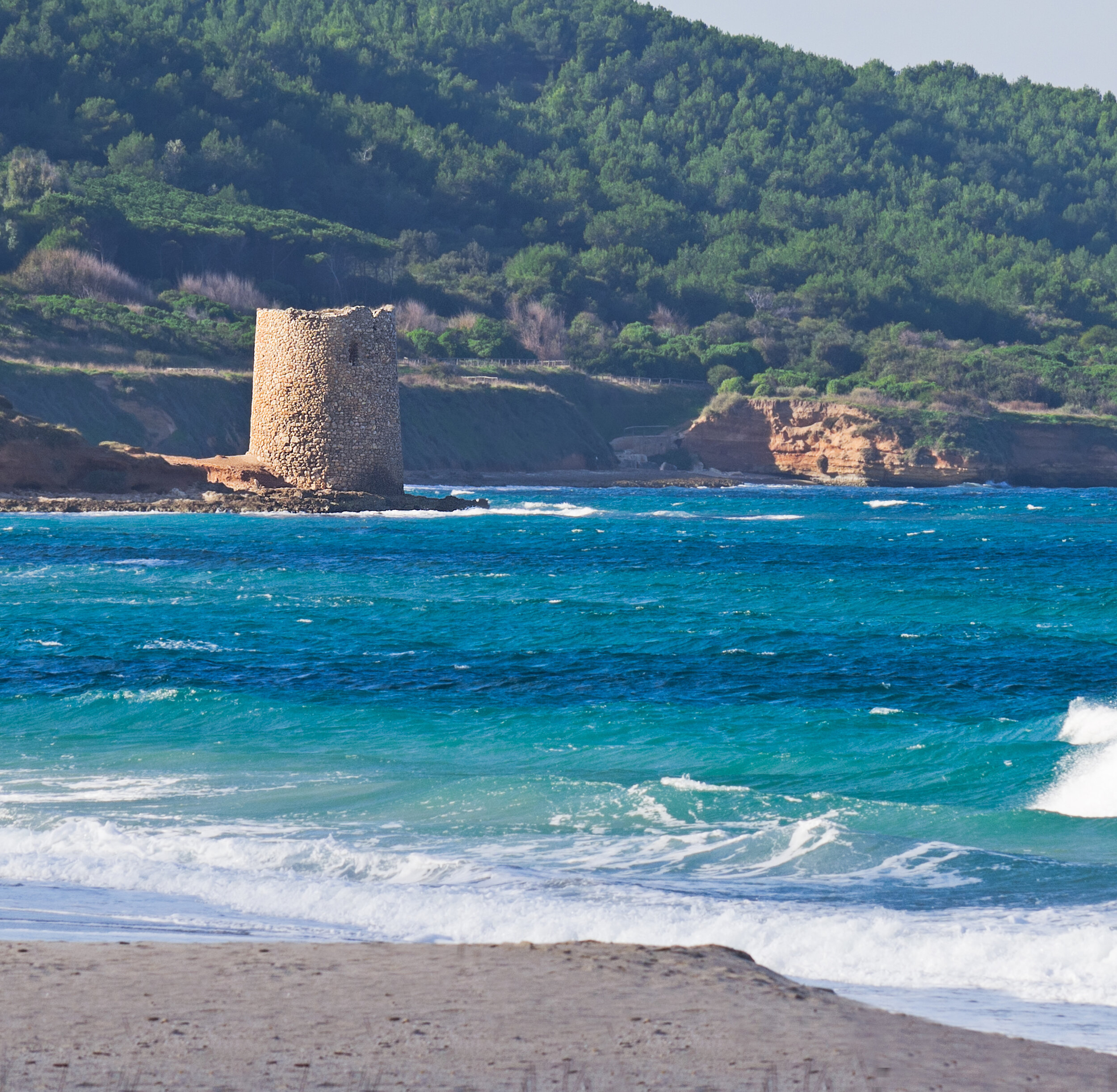
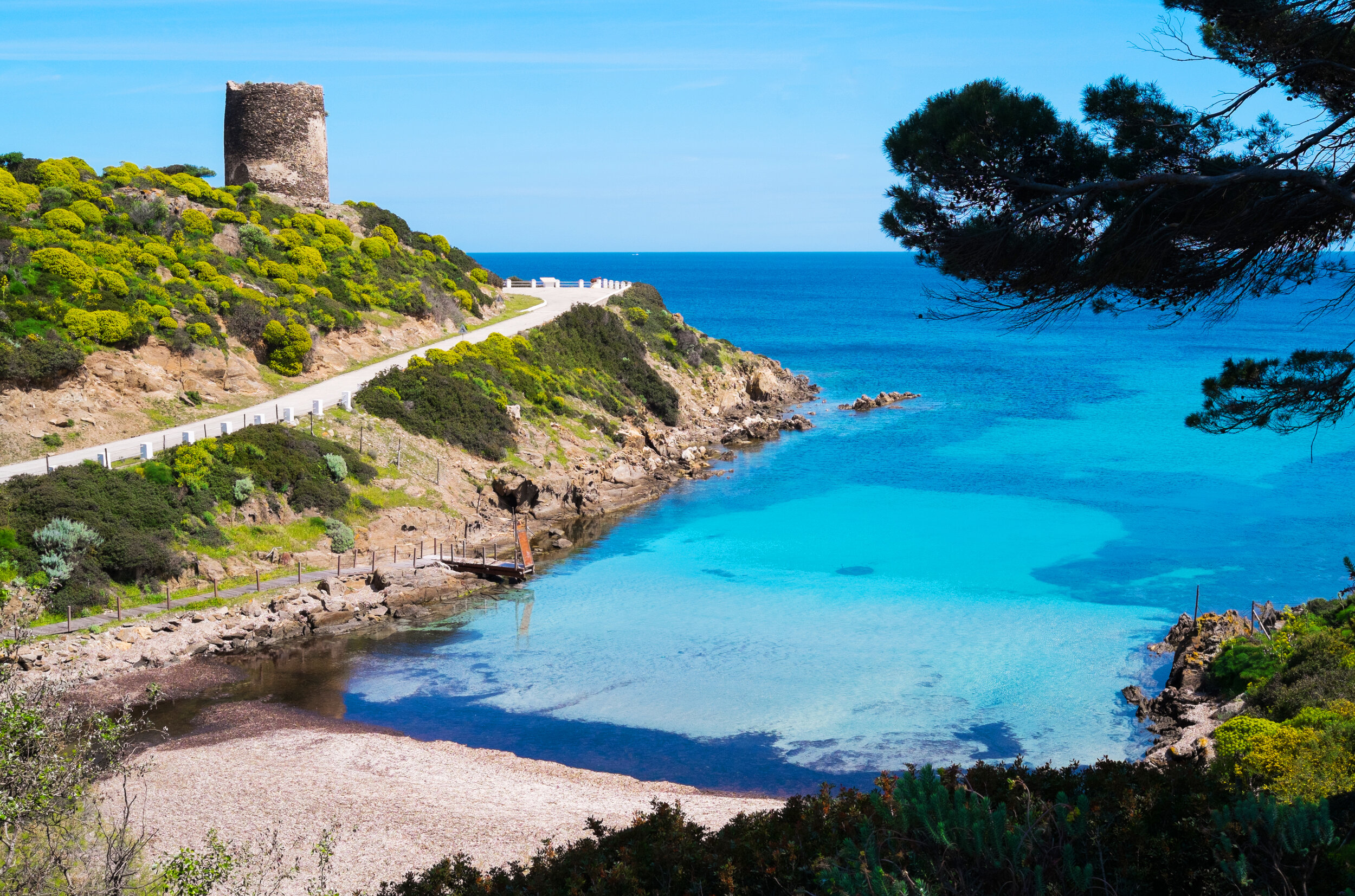
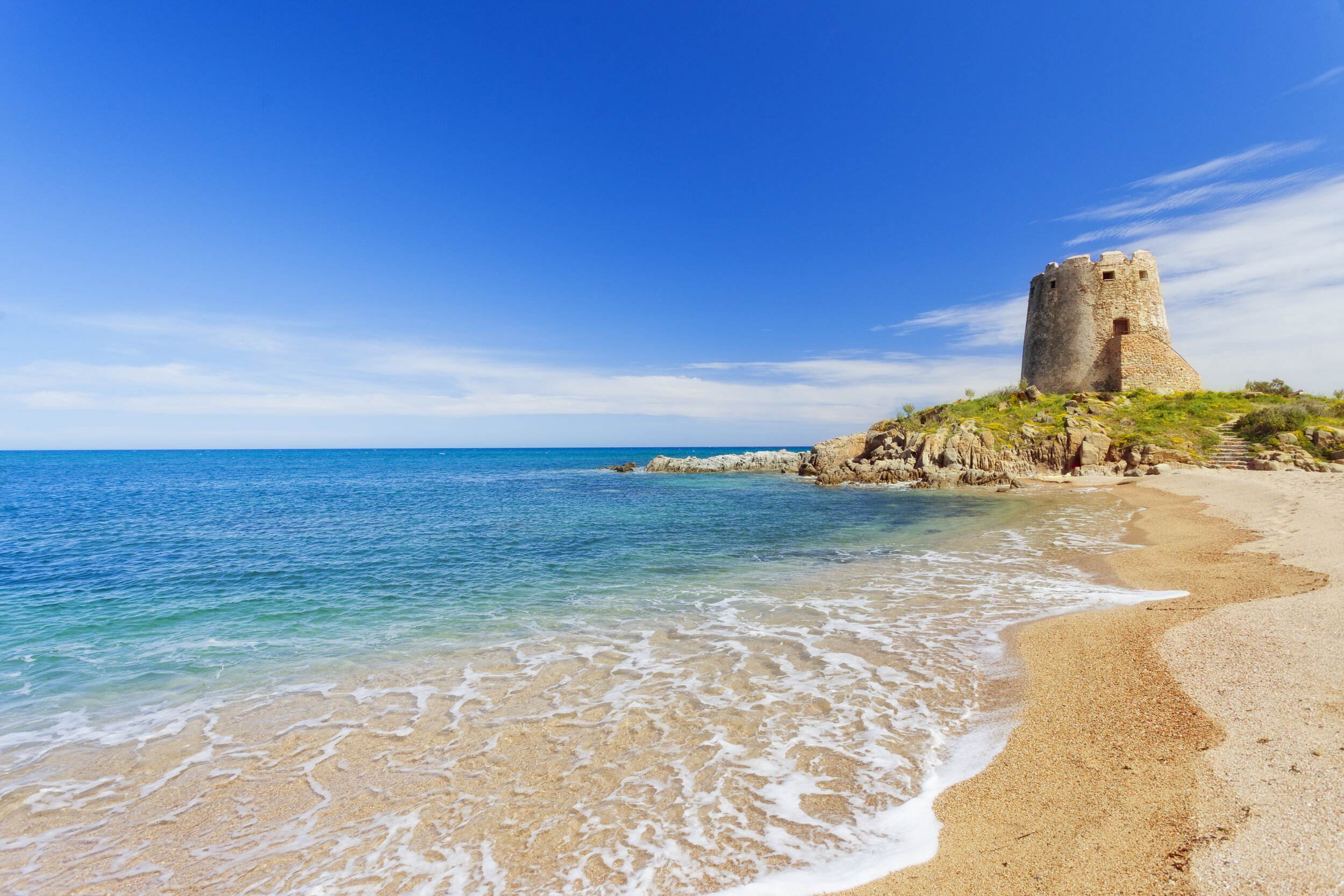
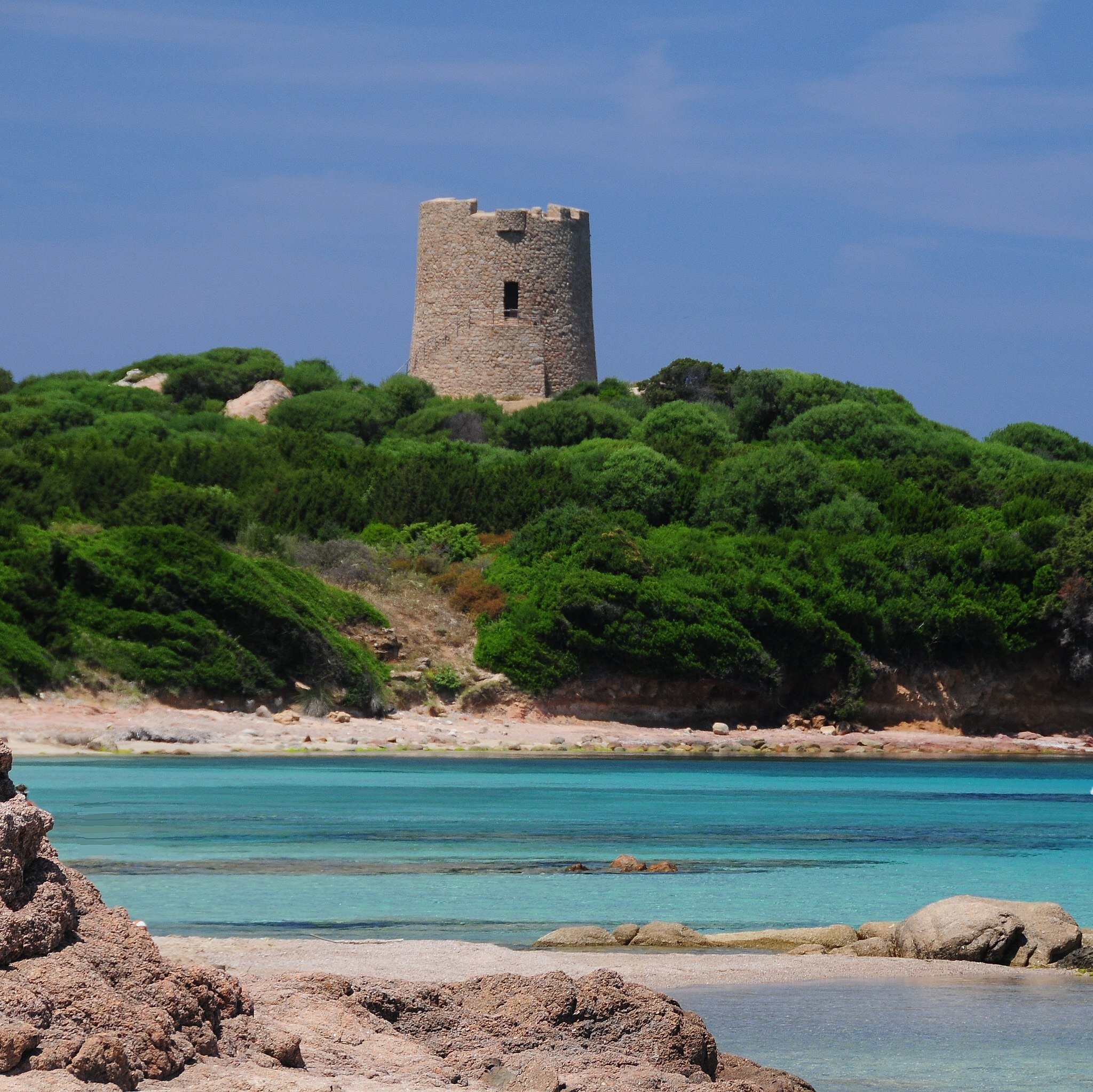
• Via degli Angeli—starting point
• Via Sarcapos stretches along the coast of Sarrabus, includes Castiada, Muravera, San Vito, Villaputzu & Villasimius and mountain peaks
• Via Ogliastra is the hardest but Melis assures the meeting between sea and mountains here turns into pure poetry
• Via Gallura is characterized by a complex and jagged route that winds through narrow inlets and granite rocks
• Via Catalana is one of the longest stretches at 238 km
• Via dei Giganti coincides with the ancient coastal route that connected Cornus to Neapolis. One of the shortest routes
• Via delle Miniere covers the south-western coast
• Via del Martirio is named Sant’Antioco and Sant’Efisio, two very important religious figures for Sardinia.
• There are over 200 accommodation options along the 70 legs of the route
PHOTOS OF SARDINIA COURTESY OF SARDEGNA TURISMO




